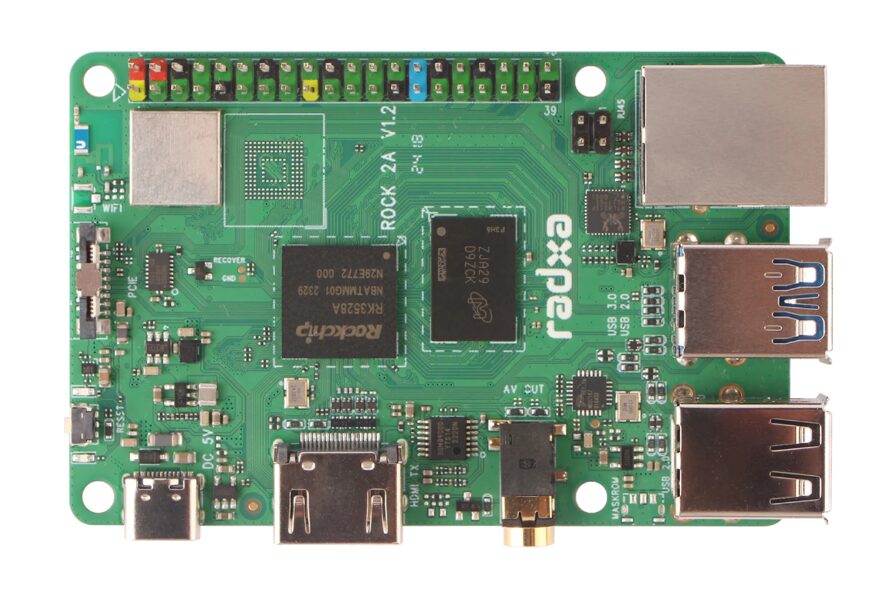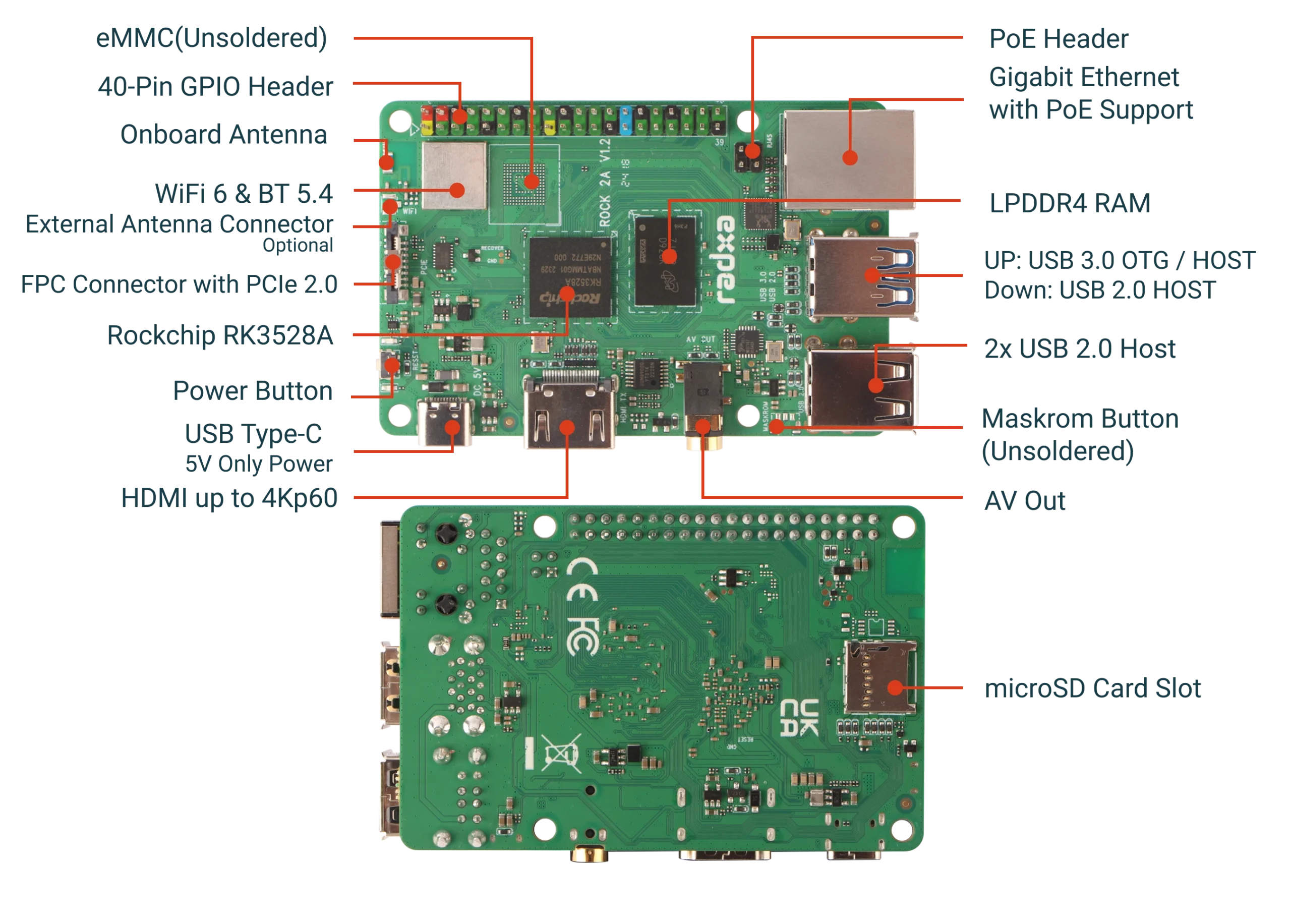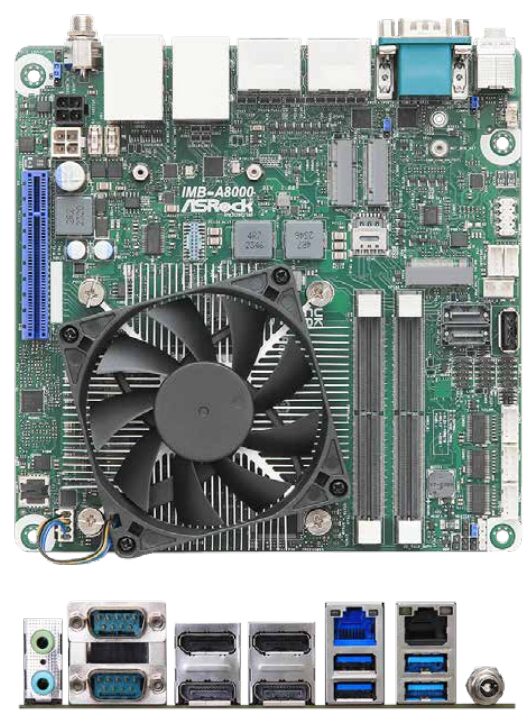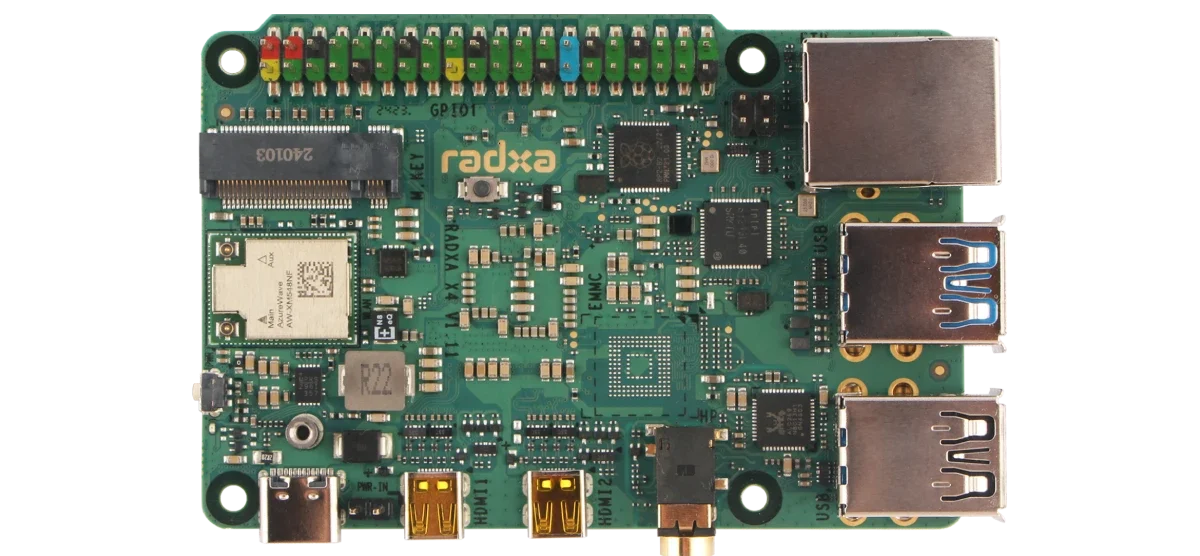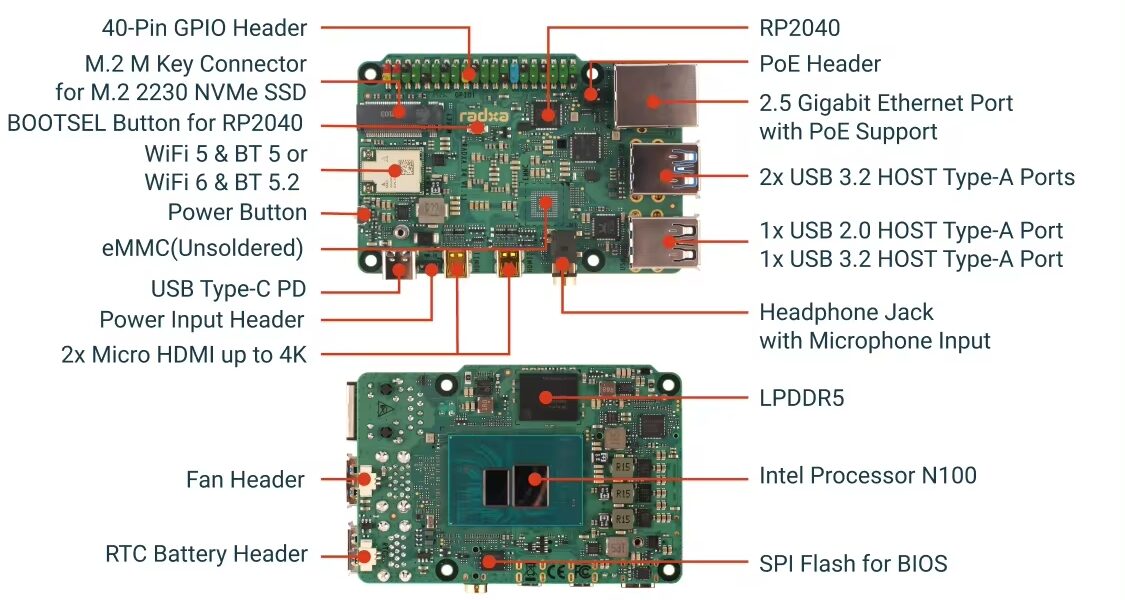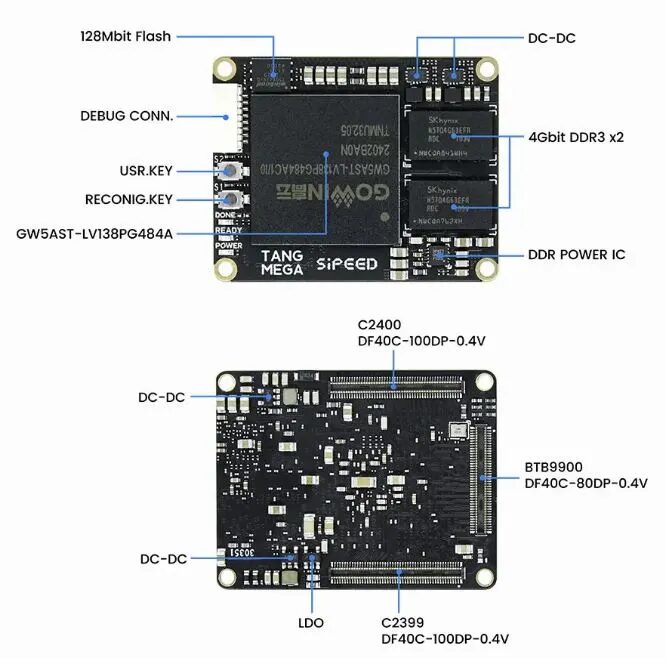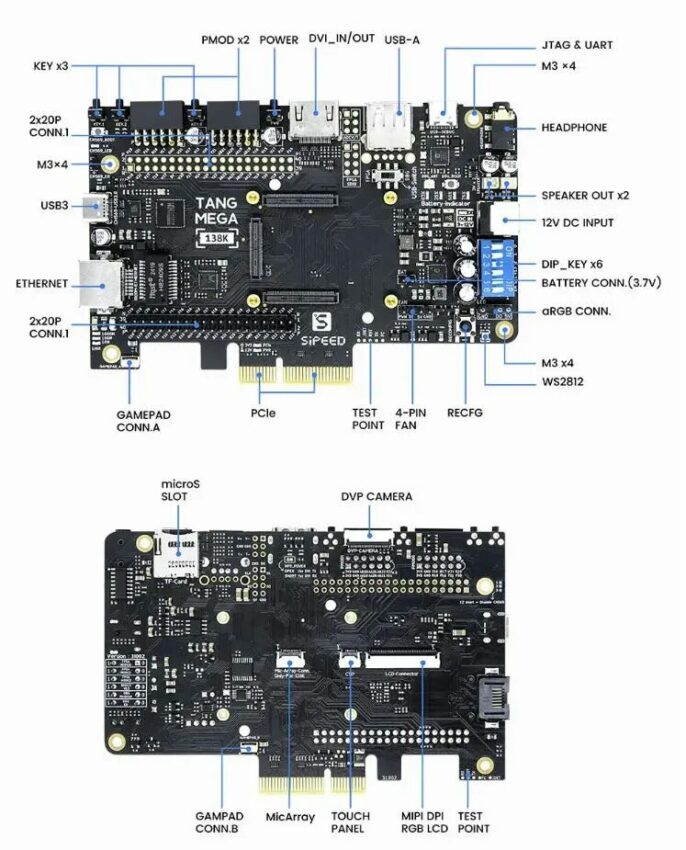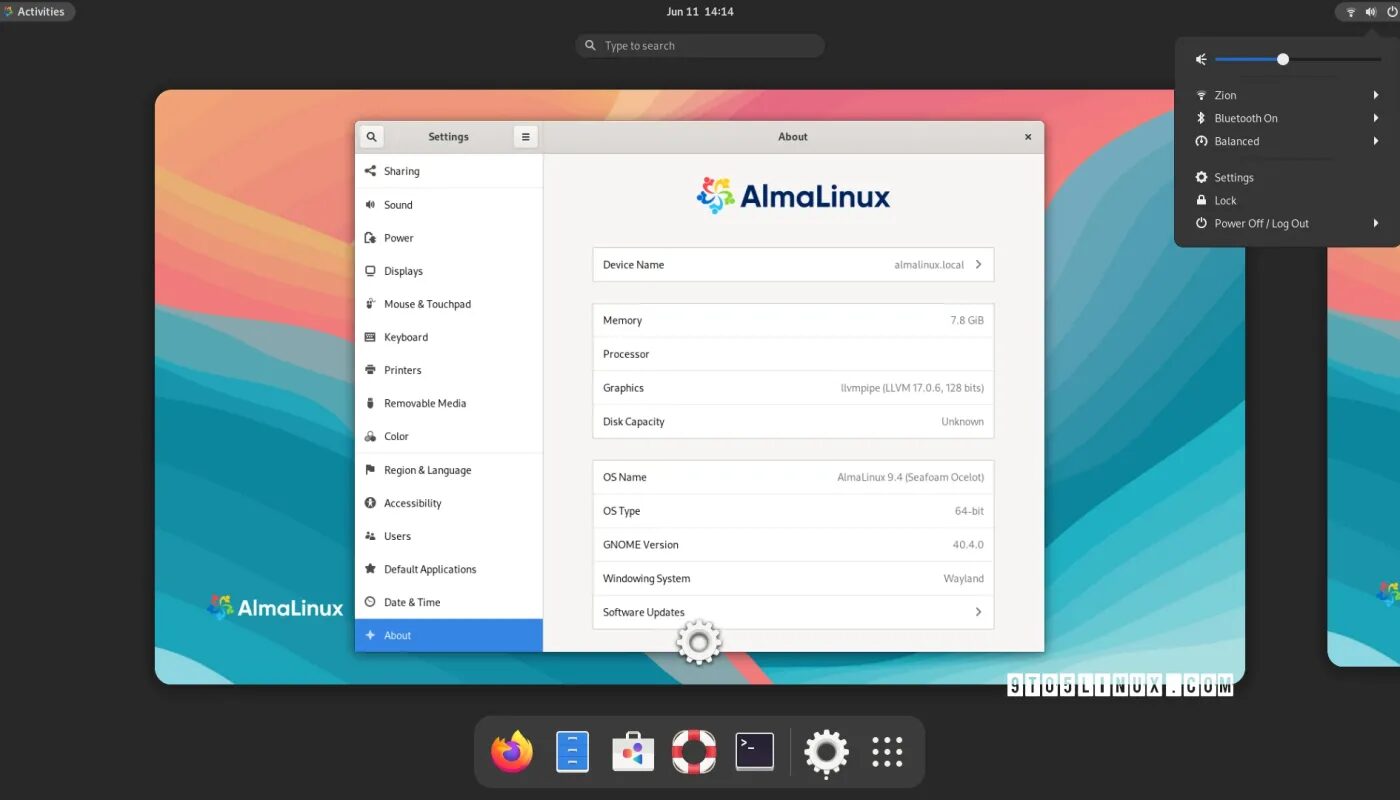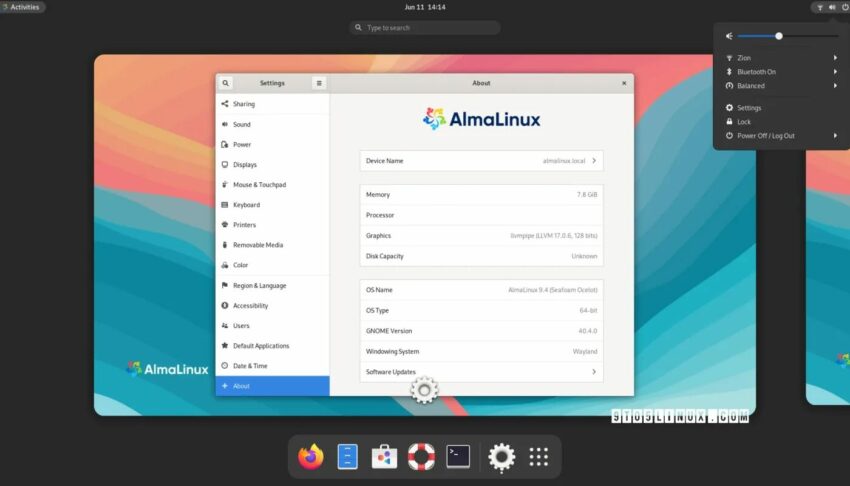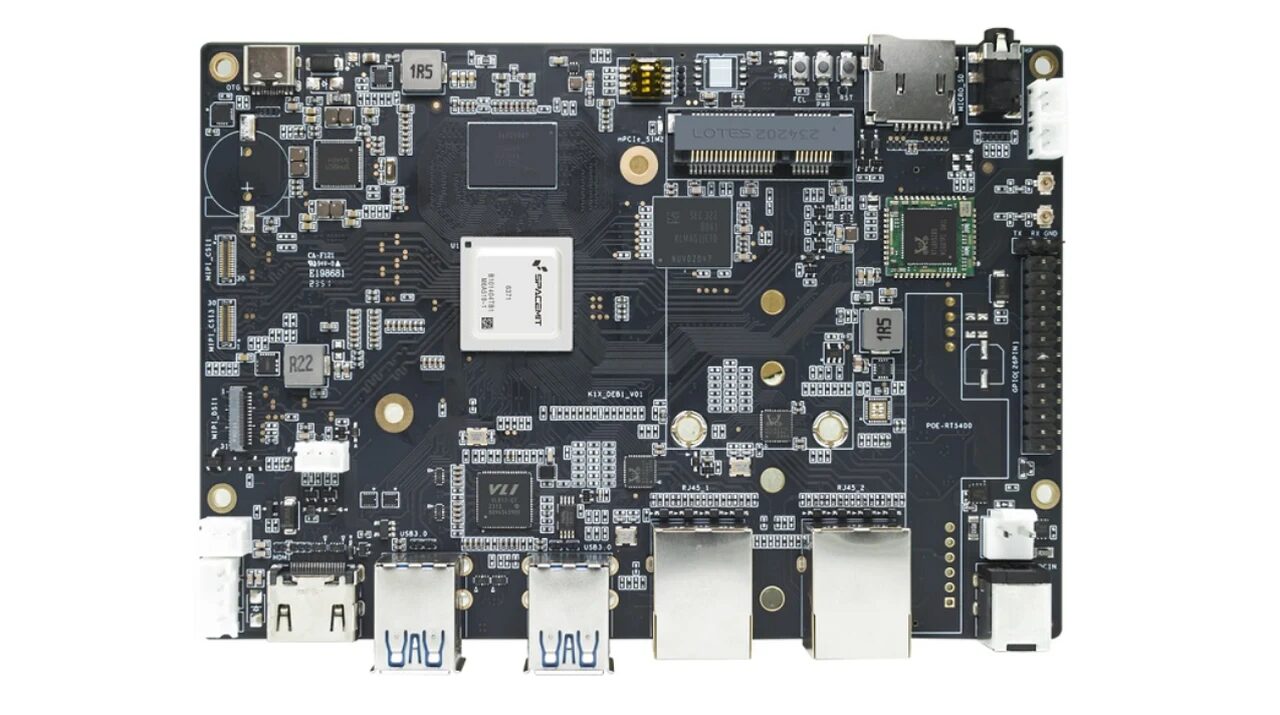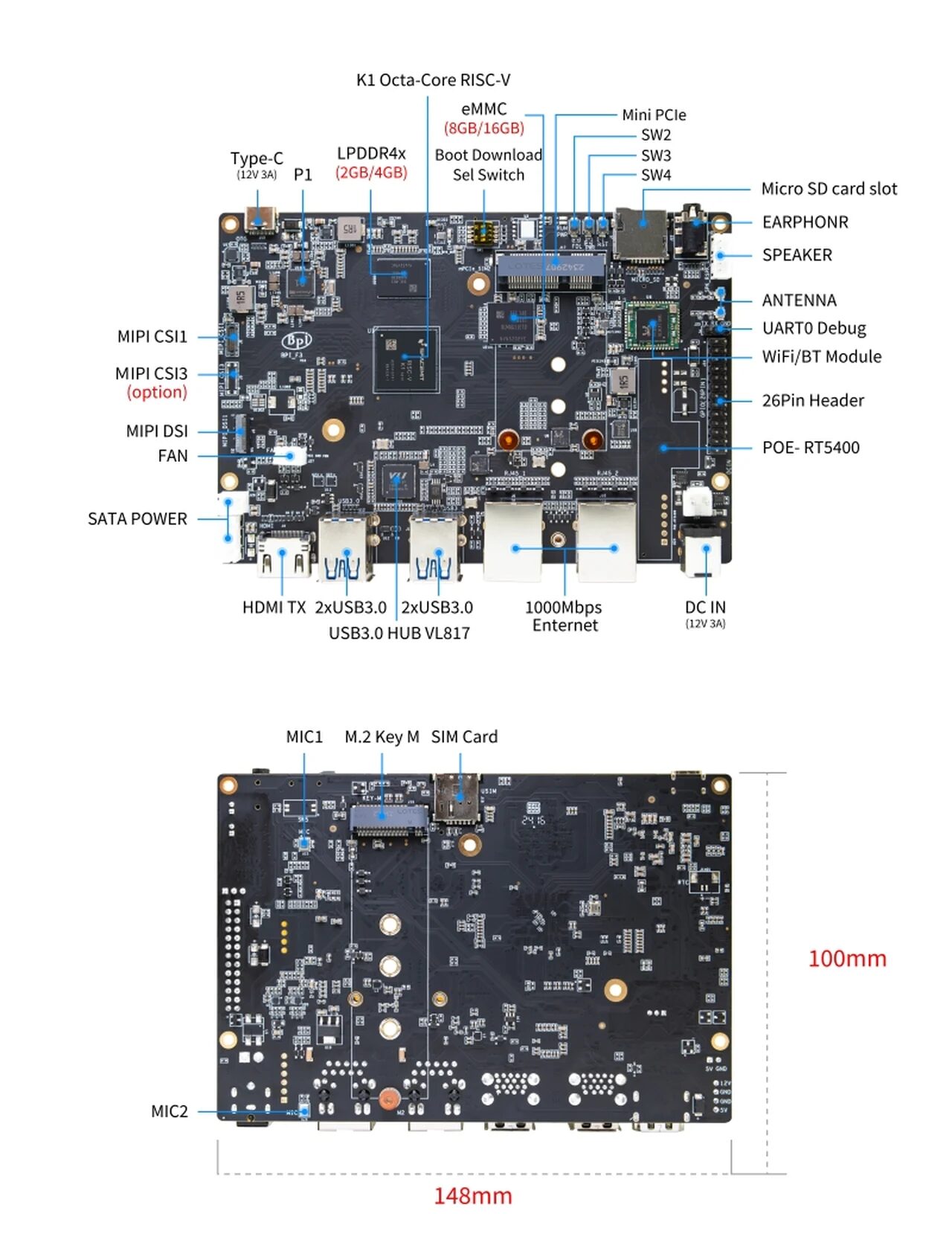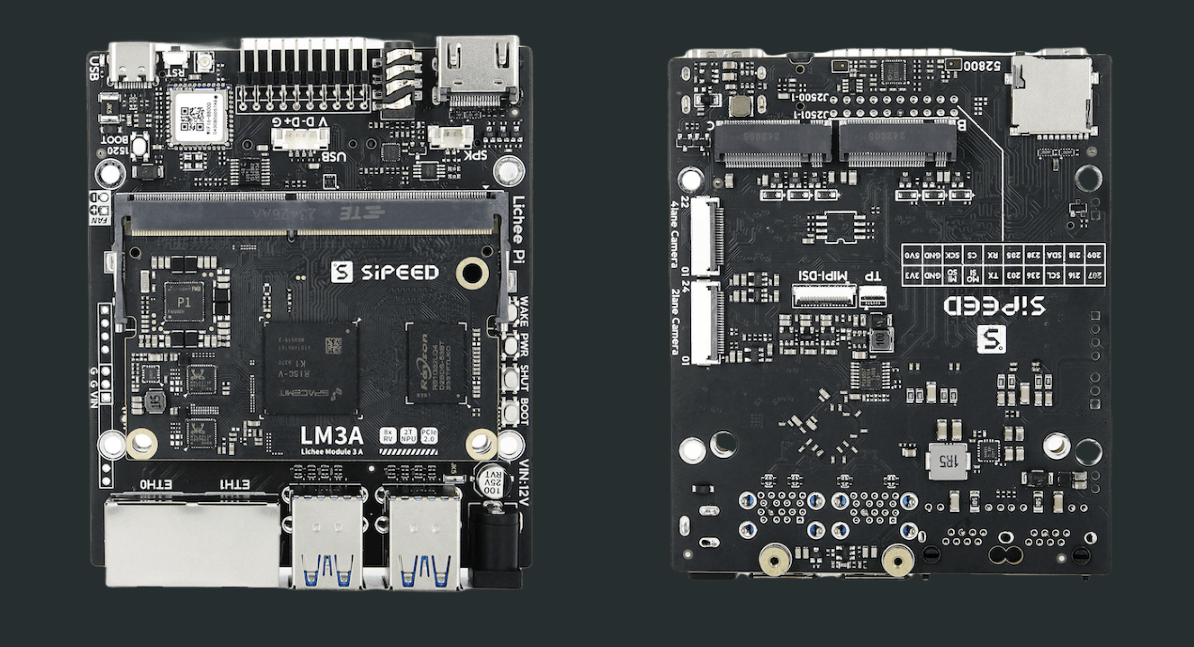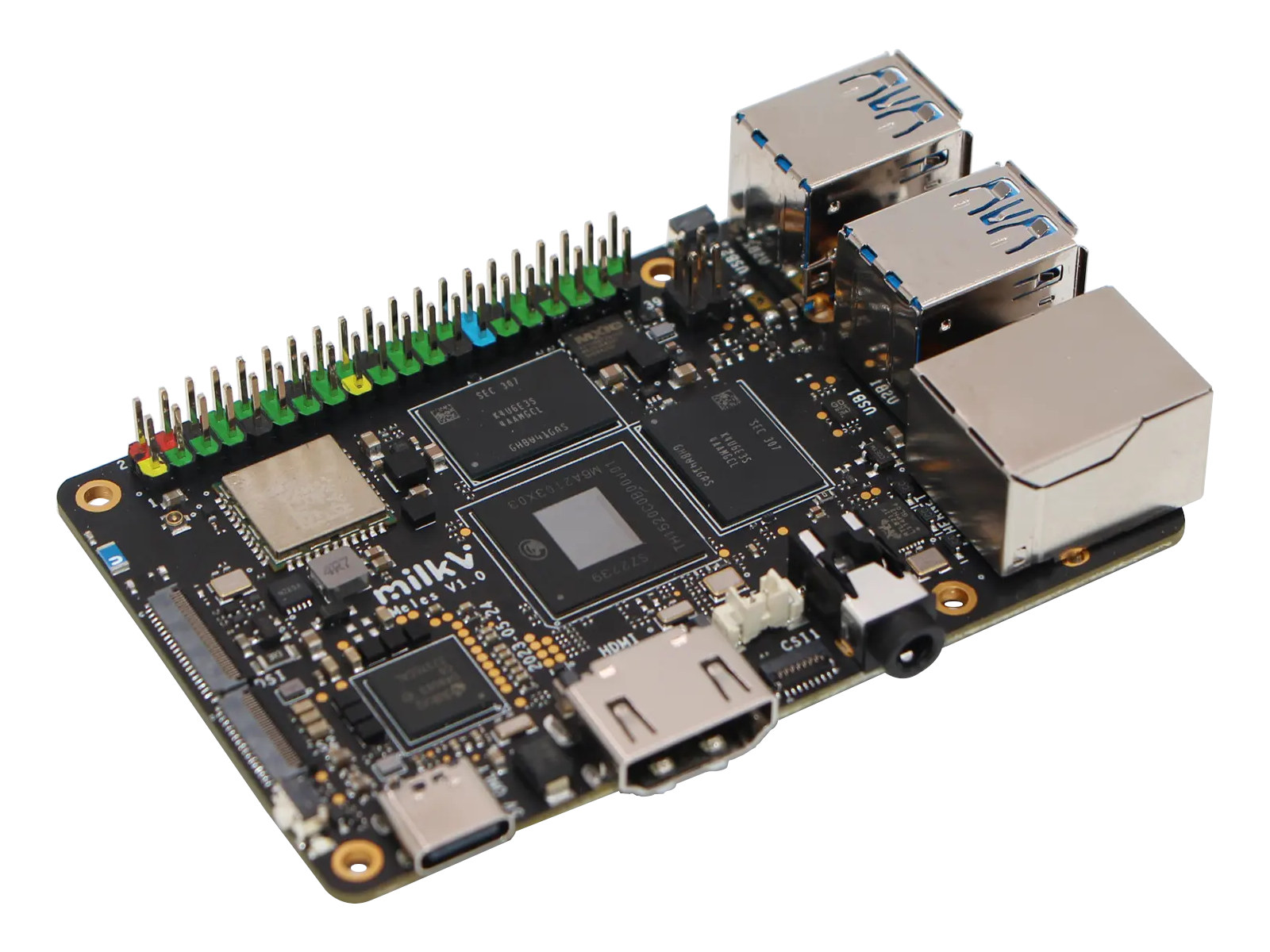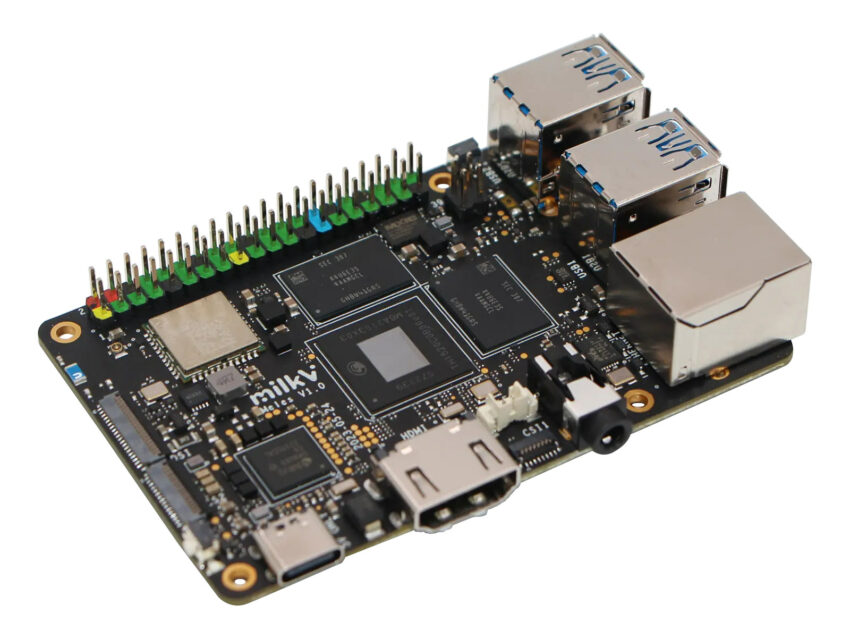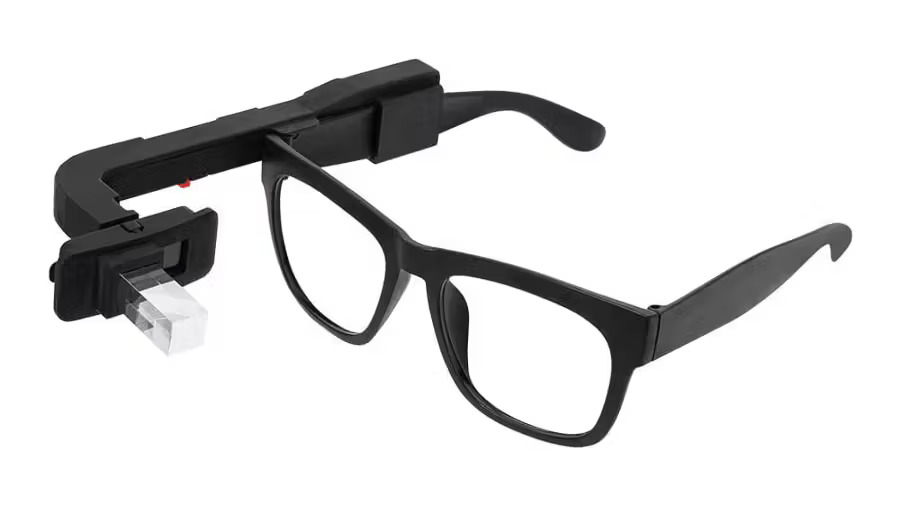Radxa, a company with a rich product line of embedded computers recently released the ROCK 2 series comprising the ROCK 2A and ROCK 2F. Based on the Rockchip RK3528A, both these modules are significantly more pocket-friendly than the Radxa X series powered by Intel processors. This discussion pertains specifically to the ROCK2A, the 4K Single Board Computer.
ROCK 2A: Features
ROCK 2A houses the popular Quad-core ARM Cortex-A53, complemented by the ARM Mali‑450 GPU based on ARM’s Utgard architecture. Hence, we can infer a reliable low-power performance from this SBC on the computing end. However, Radxa refrains from mentioning a concrete clocking speed. The ROCK 2A also has hardware decoders for H.264/H.265 and AVS2 video with encoders for H.264/H.265 at 4k60 and 1080p60 respectively, all running at 60 fps.
Built for video applications, the SBC includes LPDDR4 RAM in three options: 1, 2, and 4GB. But an On-board eMMC enhances the memory specs by either 16GB or 32GB. What is more intriguing is that the ROCK 2A comes with hefty interfaces. It features a 40-pin GPIO expansion header, ensuring compatibility with various accessories in the SBC market. For networking, the ROCK 2A includes a 10/100/1000Mbps RJ45 connector, supporting Power over Ethernet (PoE) with an additional module/HAT, allowing the device to be powered via an Ethernet cable connected to a PoE-capable switch or router.
The USB connectivity is also robust, offering three USB 2.0 HOST ports and one USB 3.0 OTG/HOST type-A port, with a combined power output of 2.8A across the four ports. The device supports high-definition video output through its standard HDMI port, capable of delivering 4K resolution at 60 frames per second. Additionally, the ROCK 2A is equipped with an AVOUT interface supporting 720×576 resolution video output at 60Hz and high-quality audio output, ideal for integrated multimedia applications. However, the SBC lacks an NPU which limits its application in object detection and video processing projects.
By including an FPC connector providing PCIe 2.0 one-lane signals, supporting SSD, SATA, 2.5G Ethernet ports, and other devices, Radxa furthers the use of the SBC in low power survellience applications but depending on the scale this may require additional expansion boards or HATs.
Interfaces:
- IEEE 802.11 a/b/g/n/ac/ax (WiFi 6) and BT 5.4 with BLE
- Onboard Antenna or External Antenna Connector Optional
- 1x microSD Card Slot
- 1x AV Out supporting video output up to 720×576@60Hz
- 1x HDMI 2.0 supporting up to 4Kp60Hz
- 3x USB 2.0 Type‑A HOST ports
- 1x USB 3.0 Type‑A OTG / HOST port
- 1x Gigabit Ethernet port with PoE support(Additional PoE HAT Required)
- 1x FPC Connector with PCIe 2.0 1‑lane
- 1x Power Button
- 40‑Pin 0.1” (2.54mm) header supporting a wide range of interface options:
- 2 x I2C
- 4 x UART
- 1 x SPI
- 5 x PWM
- 1 x ADC
- 2 x 5V DC power in/out
- 2 x 3.3V power out
When it comes to support, Radxa guarantees the availability of the ROCK 2A until at least September 2033, which becomes increasingly important in remote video applications of the SBC. Radxa also facilitates information exchange via its wiki page and forum.
The ROCK 2A, suitable for multimedia 4K applications is now available for purchase on the company’s AliExpress store. The pricing is as follows: $14.89 for the 1GB model, $19.68 for the 2GB model, $29.97 for the 4GB model, $24.85 for the 2GB model with 16GB eMMC, and $34.75 for the 4GB model with 32GB eMMC.

